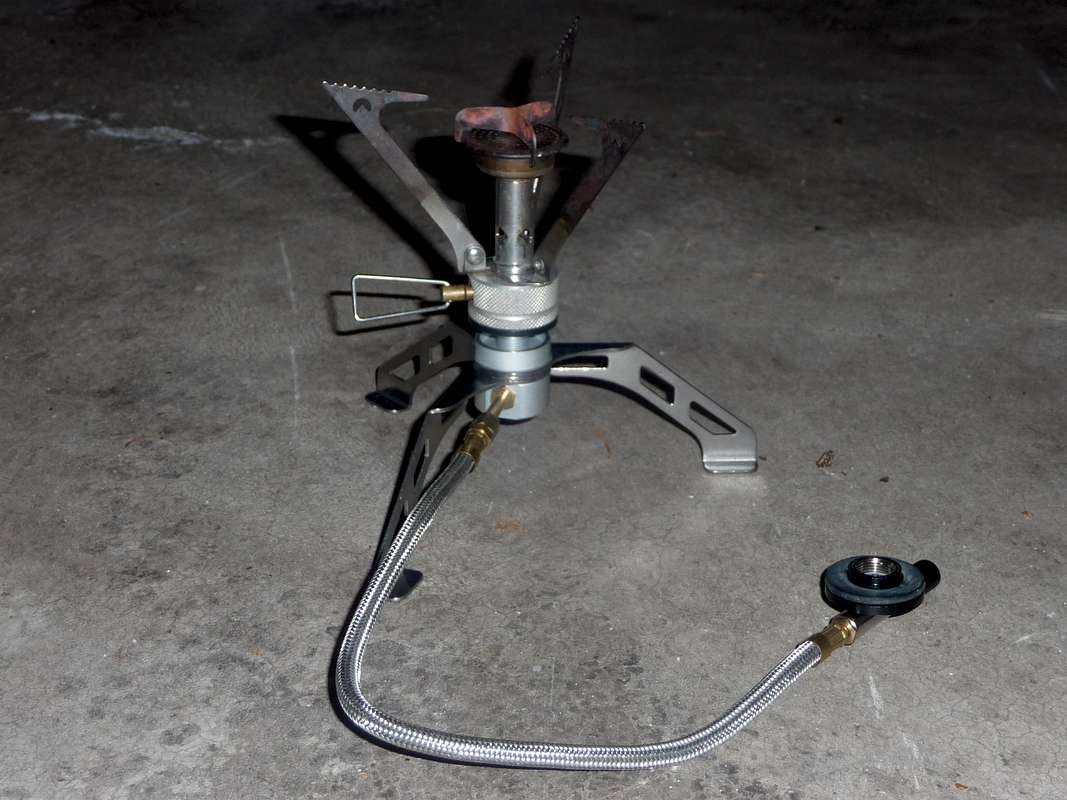Jet Boil
I'm going to Elbrus in two weeks and I'm trying to figure out how much fuel we will need. We are going to use a jet boil. Any ideas on how much to plan for 2 people assuming 8 days of usage?
Deltaoperator17 wrote:An additional hint, use a hand warmer underneath the fuel canister, the warmer you keep the fuel the more efficient it will be.
Kai wrote:Deltaoperator17 wrote:An additional hint, use a hand warmer underneath the fuel canister, the warmer you keep the fuel the more efficient it will be.
I carry a titanium bowl. Weighs 1.8 ounces. I heat up about a 1/4 cup of water first, dump it in the bowl, then set the canister in the bowl of warm water. This keeps the canister warm and functioning well while I'm melting snow or boiling water for my meals.


AlexeyD wrote:This may be slightly off topic, but I would be careful about assuming that you can buy Jetboil-compatible isobutane cannisters in Russia. According to this page, only liquid-fuel, petrol-compatible stoves are recommended in the Elbrus region, as other types of fuel are not available. This doesn't mean it's impossible to find them anywhere in Russia, but definitely confirm if and where this is possible. My guess is that contacting a guide service familiar with the area is your best bet.
Good luck!
Alpinist wrote: Ordinary plastic bottles (from soft drinks or water) are good and available everywhere along the valley."
I don't think I'd carry a soda bottle filled with Petrol in my pack, but to each his own I guess...
ExcitableBoy wrote:... I have talked with climbers who have used a negular soda bottle to carry fuel and they reported no problems. The biggest concern would be puncture from something sharp in the pack is my guess.